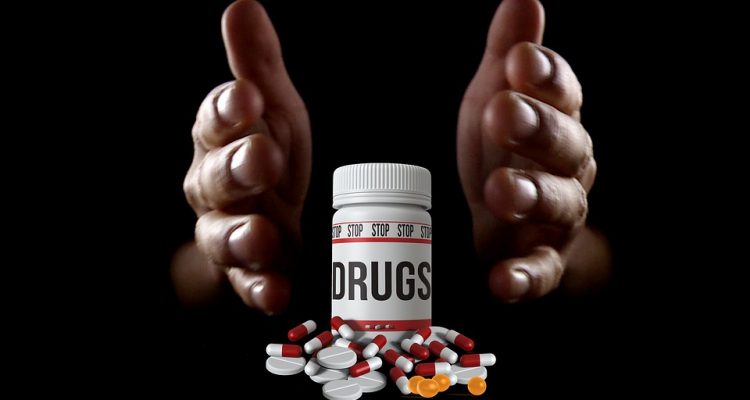When I was in the fifth grade, a police officer clad in a dark grey uniform and leather oxford shoes stood at the front of my classroom holding a syringe needle up in the air. “Does anyone here know what this is?” All of us shook our heads “no.” It was the beginning of my Drug Abuse Resistance Education program; I was 10 years old.
Up until that day, I didn’t know what a syringe was, let alone was I aware of any drugs for that matter. Opioids were completely off my radar, that is until the opioid crisis emerged and became more prevalent in my adolescent years. Before I began D.A.R.E., I never experienced talks in my elementary school about drug addiction, and programs that taught students how to administer narcan did not exist. Still, addiction then was rampant, like it is today. Yet it remained unaddressed, and we continuously hush away the epidemic, sweep it under the carpet and keep it behind closed doors. It’s a dangerous game to play.
Today, according to CBS News, drug overdose is the number one cause of death for Americans under 50. Based on this statistic, you are more likely to overdose on a drug than to die in a car accident or to be killed by a gun. As terrifying as it may be, it means that preparation for drug overdoses is a necessity across all ages. One of the most commonly abused drug families is the opioid, and it is the cause of over 69 percent of drug overdoses according to the National Institute on Drug Abuse. This means that knowledge of how to reverse an opioid overdose could help prevent well over half of the drug overdoses that occur today.
In 2017, The Economist reported that “deaths in America from opioids, pain-relieving drugs that include both prescription painkillers such as OxyContin and illegal ones such as heroin, have almost quadrupled over the past two decades. In some states the share of babies who are born with withdrawal symptoms has increased by 300 percent since 1999; at least 8,000 were born suffering from them in 2013. Each day 91 Americans die from an opioid overdose.”
In his recent New York Times article, journalist Dan Levin discusses a small town in Caster County, Tenn., where opioid addiction runs rampant, that is taking strides to prepare children for overdose prevention. Students as young as seven-years-old are learning to administer narcan to reverse an overdose, and hopefully save lives.
Jillian Reece, the trainer and drug educator in Caster County is well aware that opioids have changed the way the young generation has been raised. “Lots of people say children don’t need to think about these things,” said Reece. “But I’d rather a kid go through the trauma of giving Narcan than see their parent die.” Reece speaks to the the truth of the matter; we are talking about life or death. The program in Caster Country has proven to be effective, in that at least 100 young people have returned for additional narcan doses.
How can we deny drug overdose as the blatant threat it is? Drug preventative education is imperative. It is how we move forward and how we start to alleviate an escalating crisis. Children are proven to be resilient, and it is known that they seek to help others. There is no harm in educating the youth about a real and persistent threat to the lives of the people they love.


Leave a Reply